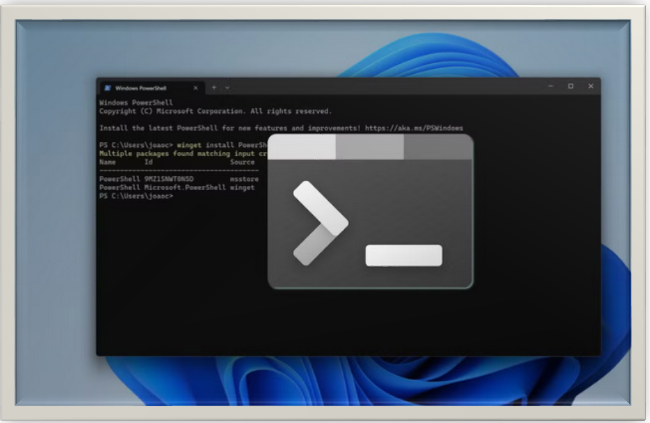HOW TO UPLOAD FILES USING cURL: BEGINNER'S GUIDE
Learn how to upload files using cURL with this step-by-step guide. Perfect for beginners, this tutorial covers commands for efficient file transfers via the command line.

INTRODUCTION:
Are you new to web development and want a simple way to use Windows' cURL to upload files to the server? A strong command line tool for making HTTP requests is called cURL. It is frequently employed in data transfers between servers. We'll walk you through the steps of using cURL to download files on your Windows computer.
Understanding File Uploads with cURL
Essentially, you are sending HTTP POST request to the server with the file data included in the request body when you upload a file using cURL. This makes it possible for you to transfer data over the Internet quickly and safely.
Step-by-step guide on using cURL on Windows to upload files.
Follow these easy steps to use cURL on your Windows computer to upload files:
Requirement:
• A Windows computer
• cURL installed (download the official version from https://curl.se/windows/)
• Basic understanding of command prompts
First Step: Open Command Prompt:
To access the Start menu, press the Windows Key button on your keyboard, type "cmd," and then hit Enter. By doing this, the Command Prompt will open and you can type the cURL command into it.
Navigate to file:
To access the directory containing your file, use the “cd”command. For example, if your file is on your desktop and is named "image.jpg", type:
'''
cd Desktop
'''
Step 2: Enter the cURL command
Enter the following cURL command in the Command Prompt window:
'''
curl -X POST -F "file=@<file_path>" <upload_url>
'''
Replace <file_path> with the path to the file you want to upload, and <upload_url> with the URL of the server where you want to upload the file. The -F option tells cURL to upload a file as a form field, and "file=@<file_path>" specifies the name of the form field and the path to the file.
OR
'''
curl -X POST https://developer.mozilla.org -F [fieldname]="@filename"
'''
Replace the following parts:
https://developer.mozilla.org: with the URL of the server where you're uploading the file.
[fieldname]: with the name of the field on the server that will receive the file.
@filename: The "@" symbol followed by the filename you want to upload (e.g., "@image.jpg").
Step 3: Execute the command
To execute the command cURL, press Enter. The file will be sent to the designated server and the upload process will begin thanks to cURL.
Step 4: Verify the upload
The command prompt window will display a response from the server after the upload is finished. In the event that the upload is successful, you will often get a response or confirmation message detailing the upload's status.
Step Five: Close the Command Prompt
After confirming the upload, you may exit the Command Prompt window by clicking the close button located in the top-right corner of the window or by typing "exit" and hitting Enter.
For instance, sending an image to a server
Suppose you wish to upload “image.jpg” to a server with an upload URL of https://example.com/upload and the server expects the file to be in a "file" field:
'''
curl -X POST https://example.com/upload -F "file=@image.jpg"
'''
Points to keep in mind:
If you must upload more than one file, For each file, simply repeat the -F option with a different field name.
In order to upload files using cURL, you must be aware of the server's upload URL and field names.
CONCLUSION:
Using Curl on Windows to upload files is a straightforward procedure that can be quite helpful for IT specialists and Web developers. Using cURL, you may quickly and easily transfer any kind of file from the command line, including documents, photos, and more.
Thanks for reading.
If you like the article, consider sharing and subscribing. ;)




